Here’s what the Dramatic Monologue poetry form is:
A dramatic monologue is a poem that is in the form of a speech.
It tends to be “dramatic” because of its theatrical feature.
Dramatic monologues are used by poets to express a point of view through the words of a solitary character.
So if you want to learn all about the Dramatic Monologue poetry type, then you’ve come to the right place.
Keep reading!
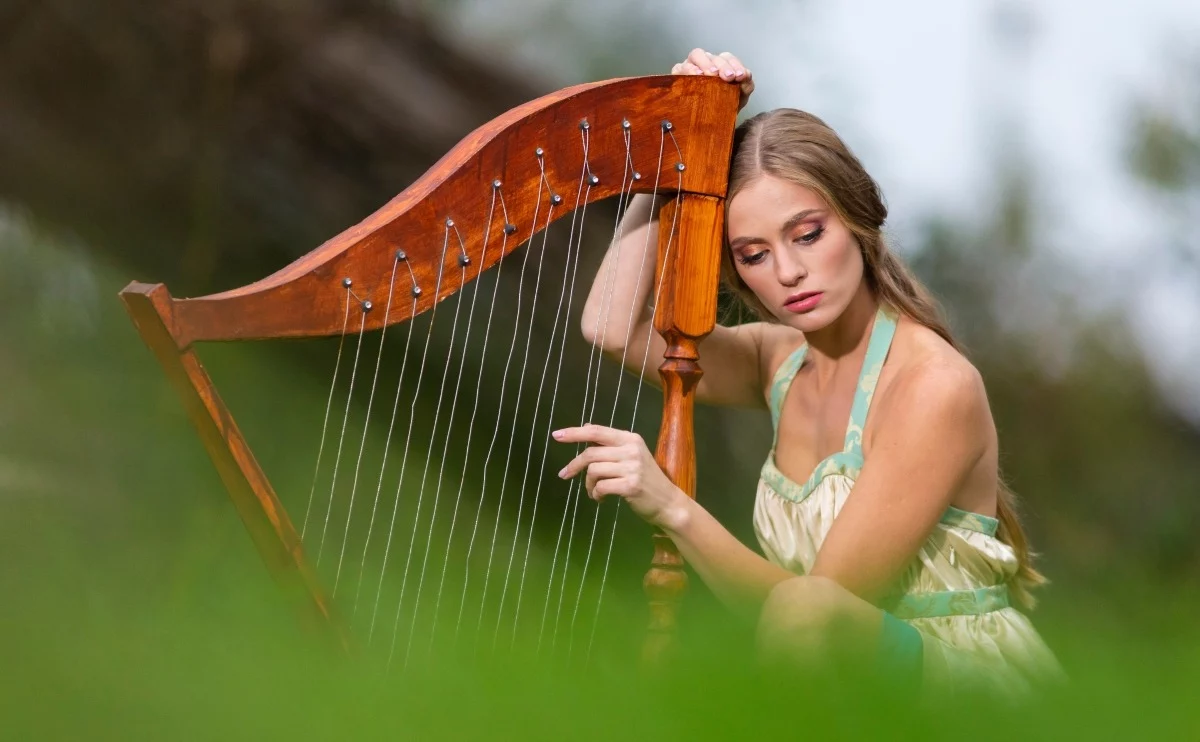
Forms of Poetry: Dramatic Monologue
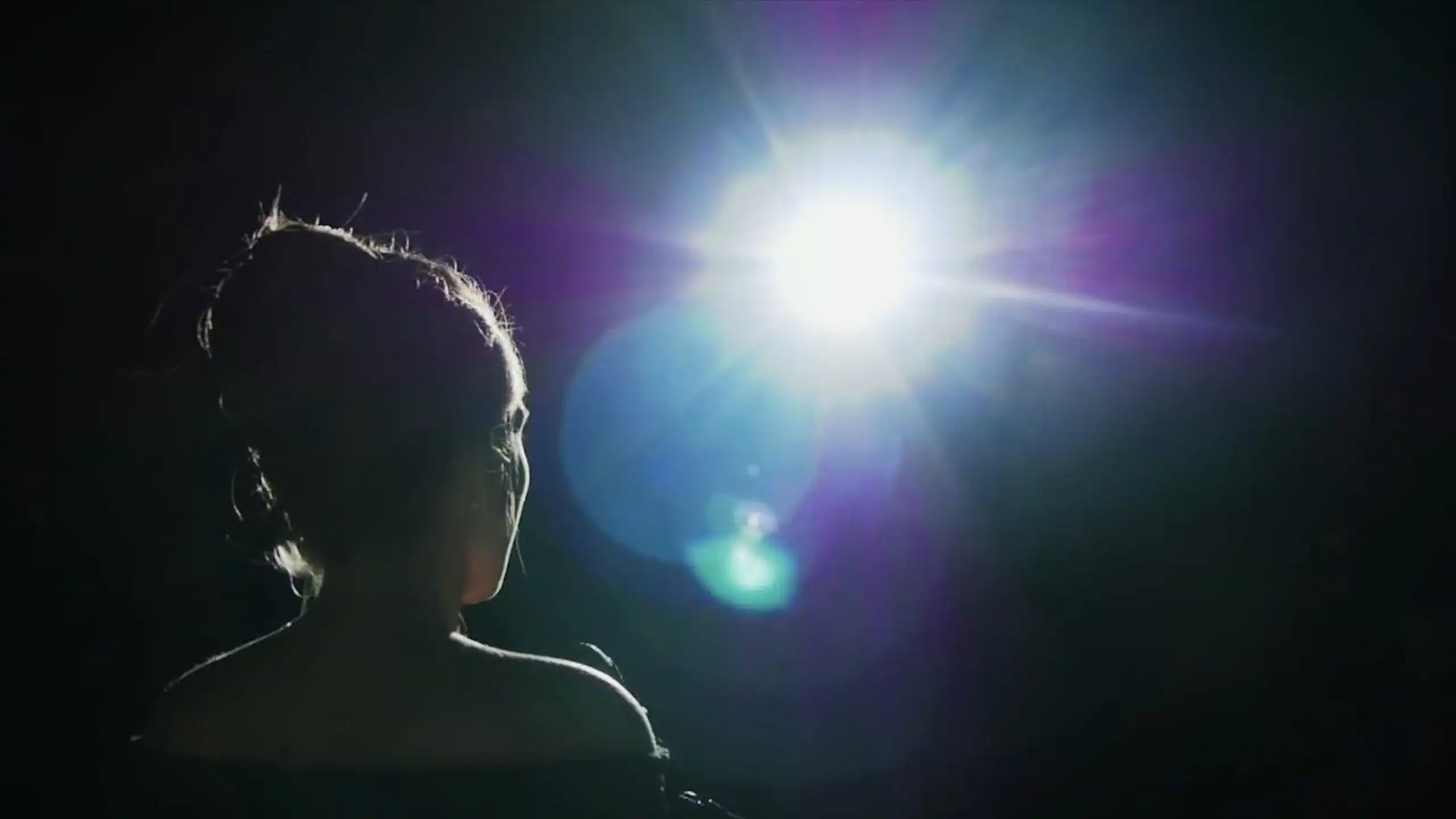
A dramatic monologue essentially represents a speech given by a character that usually reveals aspects of their character or personality to the audience.
One place in which this practice has been especially prevalent is in theatrical productions, where the entirety of the story must be told in spoken words due to the nature of the medium.
The connection between theater and poetry can be traced back to ancient Greece, where characters speaking through poems were far more normalized than it is today.
The dramatic monologue is essentially an evolution of those older traditions.
Basic Properties of Dramatic Monologue

| Rhyme Structure | Strict |
| Meter | None |
| Origin | England |
| Popularity | Scattered |
| Theme | Varies |
Types of Dramatic Monologue
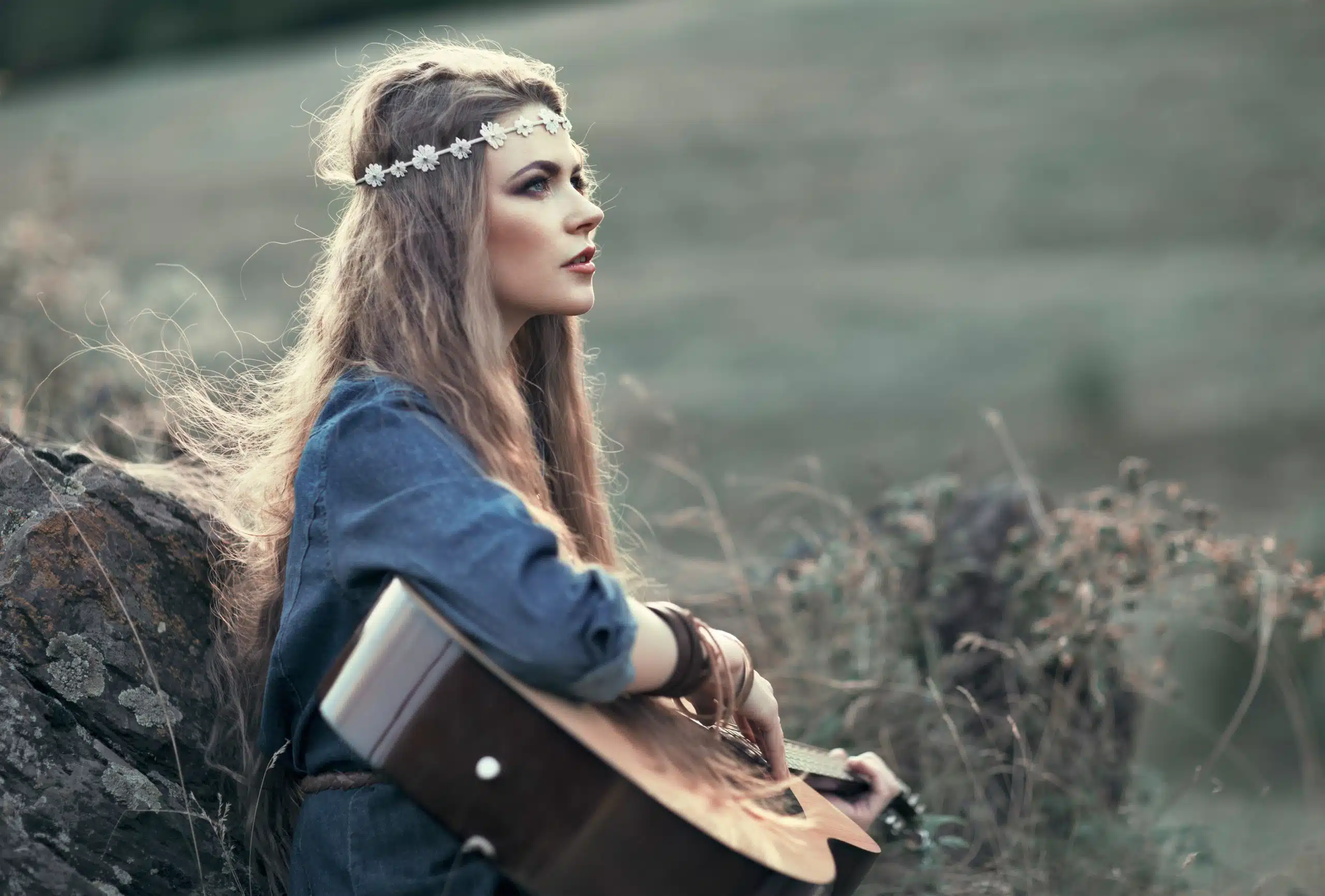
| Conversational | Written as if it is part of a conversation; more common in works of drama. |
| Psychological | Written as if it comes directly from the character’s personal thoughts. Often philosophical in nature. |
| Romantic | A monologue that is characteristic of the Romantic era’s tendencies; usually dives deep into the mentality and emotions of the character. |
History of Dramatic Monologue
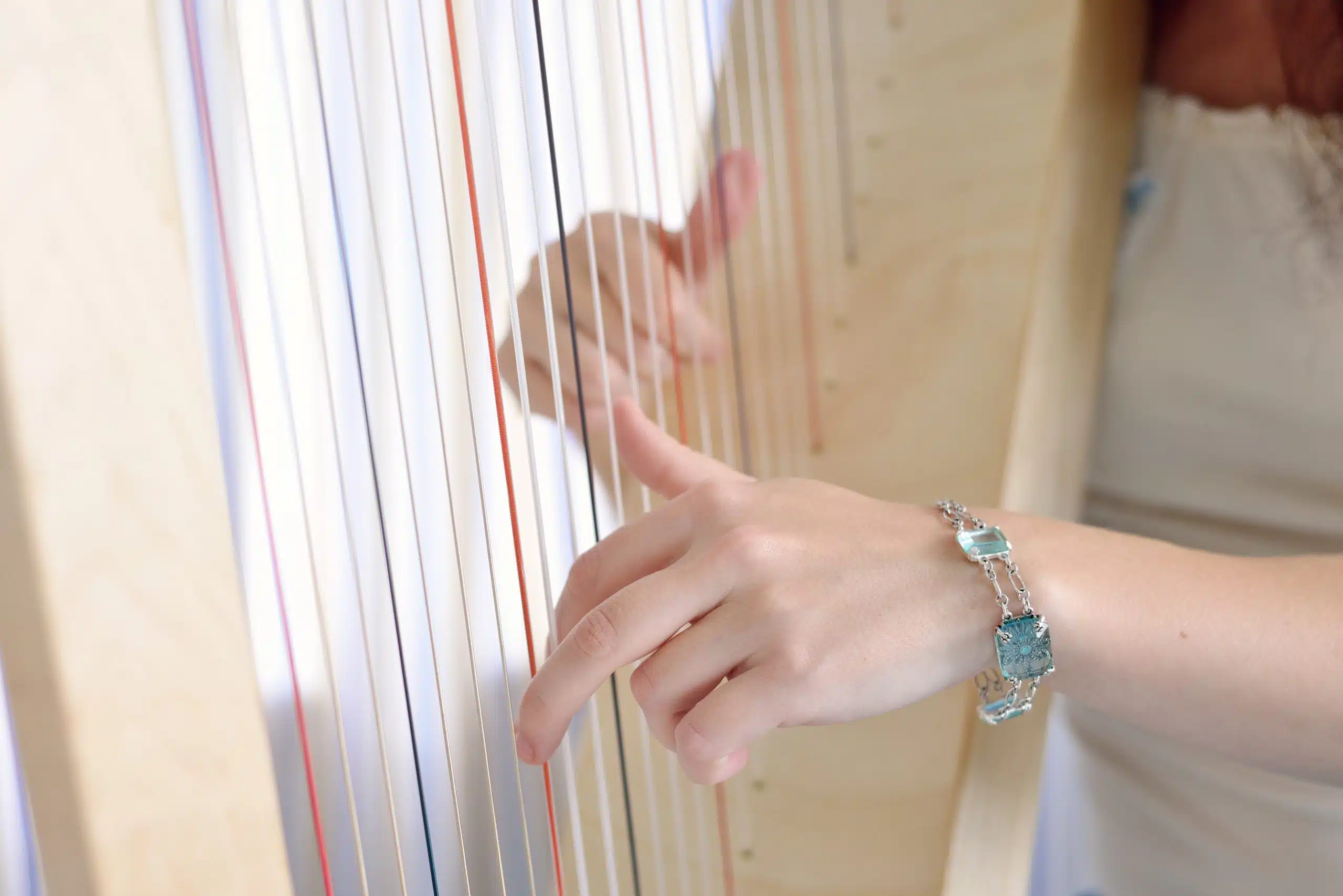
In ancient Greece, significant sections of a play could be given in poems or songs.
In fact, the word “lyrics” traces its roots to an old musical instrument called the “lyre” which usually accompanied these poetic segments.
This tradition of playing musical accompaniment, especially on string instruments, alongside poems is a throughline in both the history of poetry and the history of music.
It was not Greece where the modern concept of the dramatic monologue took off, however. One of the biggest influences on dramatic monologues was romanticism, in the late 18th century.
Romanticism was a movement that reveled in humanity and emotion, often using lengthy flowery passages to describe and glorify the human experience.
Its influence can still be felt today, in works that go all in on the emotive experiences of literature.
Romantic writers frequently included lengthy monologues that would fully take on the persona of the character, expressing the thoughts and feelings of the characters in excruciating detail.
This extreme focus on the feelings of the characters and on their personal narratives has become intertwined with the core concepts of the dramatic monologue.

Dramatic monologues experienced another surge in popularity during the Victorian era, often appearing in novels, which had become the most popular form of literature by this point.
Audiences in this period loved to escape into detailed and intricate worlds, so the dramatic monologue, which offered such a detailed insight into their beloved characters, happened to fit the needs of Victorian England perfectly.
It should be noted that Romanticism and Victorian culture overlap, due to their close historical proximity.
As such, Victorian literature was in many ways a response to and continuation of the Romantic era.
Famous Examples
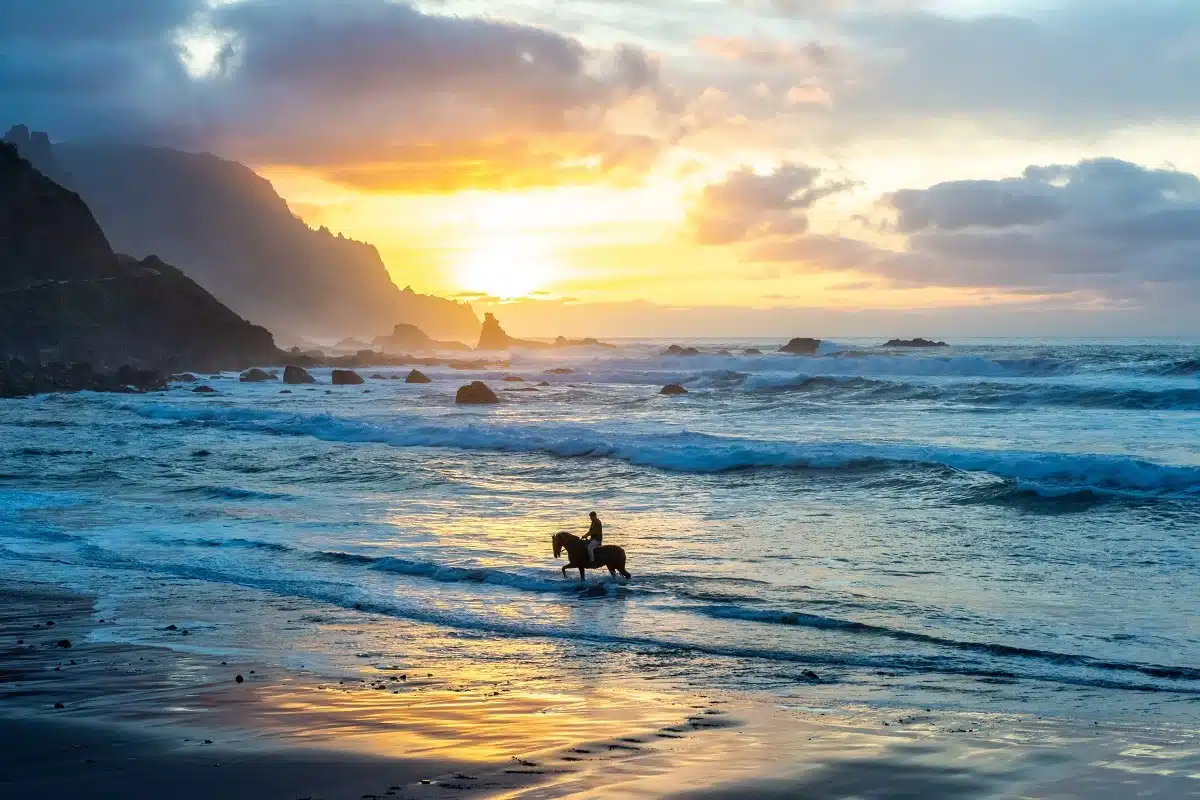
from Ulysses
I cannot rest from travel: I will drink
Life to the lees: All times I have enjoy’d
Greatly, have suffer’d greatly, both with those
That loved me, and alone, on shore, and when
Thro’ scudding drifts the rainy Hyades
Vext the dim sea: I am become a name;
For always roaming with a hungry heart
Much have I seen and known; cities of men
And manners, climates, councils, governments,
Myself not least, but honour’d of them all;
And drunk delight of battle with my peers,
Far on the ringing plains of windy Troy.
This excerpt from Ulysses perfectly encapsulates many of the form’s norms.
The monologue greatly details the personal narrative of the titular character and his feelings about his journey.
The fatigue of the wandering Ulysses (aka Odysseus) is legendary, and it is captured here thoroughly.
It should be noted that this poem did not appear in the midst of a prose work or play, but as its own entity in a collection of poems by the author.
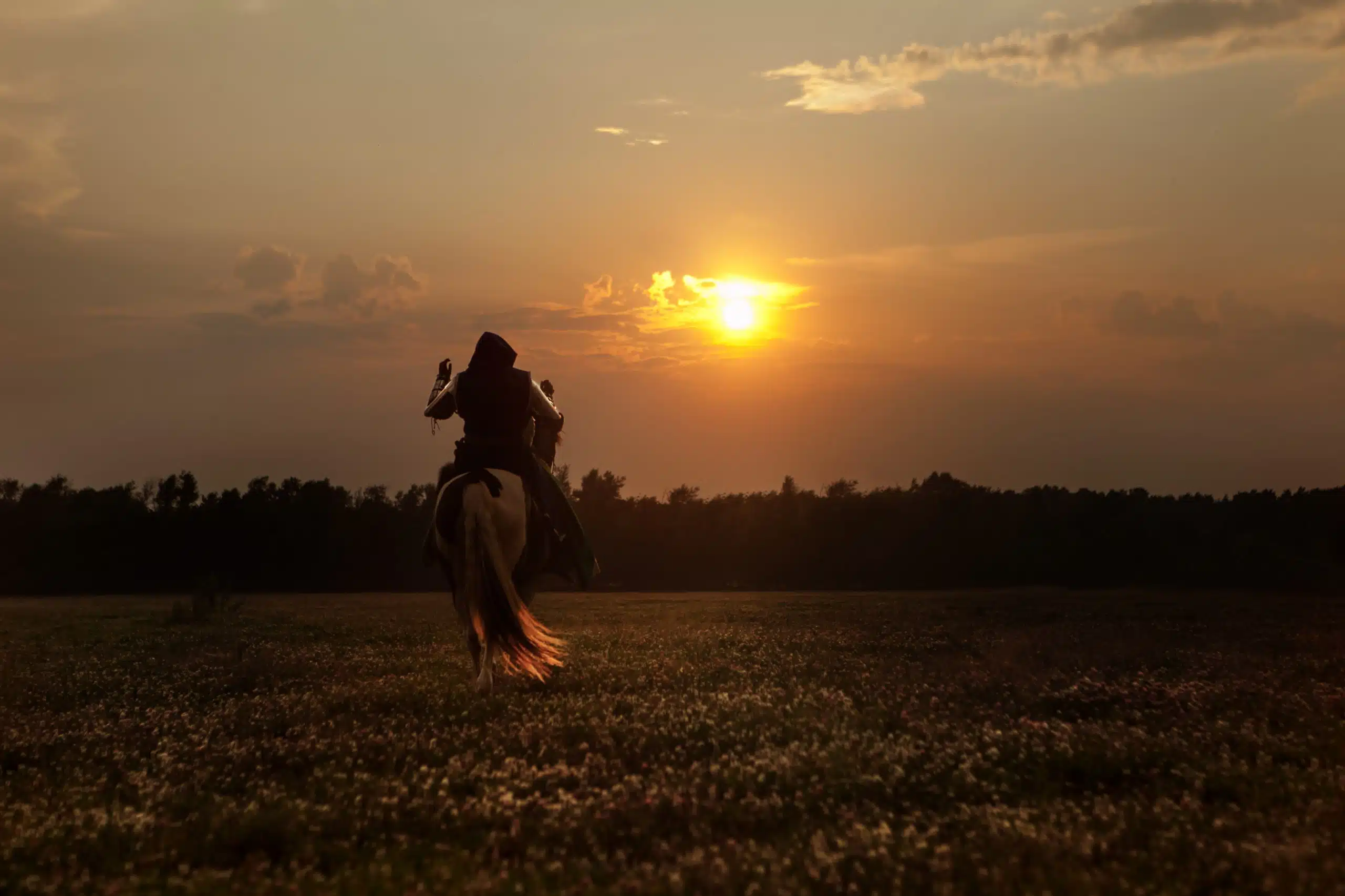
Using a well-known literary character makes this much easier, but it makes for a good example of how a dramatic monologue can exist without depending upon a larger work.
Note that while this poem is written in blank verse, this is not a tradition or expectation of dramatic monologue.
Dramatic monologues do not have an established structure and are defined primarily by the theme and delivery.
from The Love Song of J. Alfred Prufrock by T.S. Eliot
Let us go then, you and I,
When the evening is spread out against the sky
Like a patient etherized upon a table;
Let us go, through certain half-deserted streets,
The muttering retreats
Of restless nights in one-night cheap hotels
And sawdust restaurants with oyster-shells:
Streets that follow like a tedious argument
Of insidious intent
To lead you to an overwhelming question …
Oh, do not ask, “What is it?”
Let us go and make our visit.
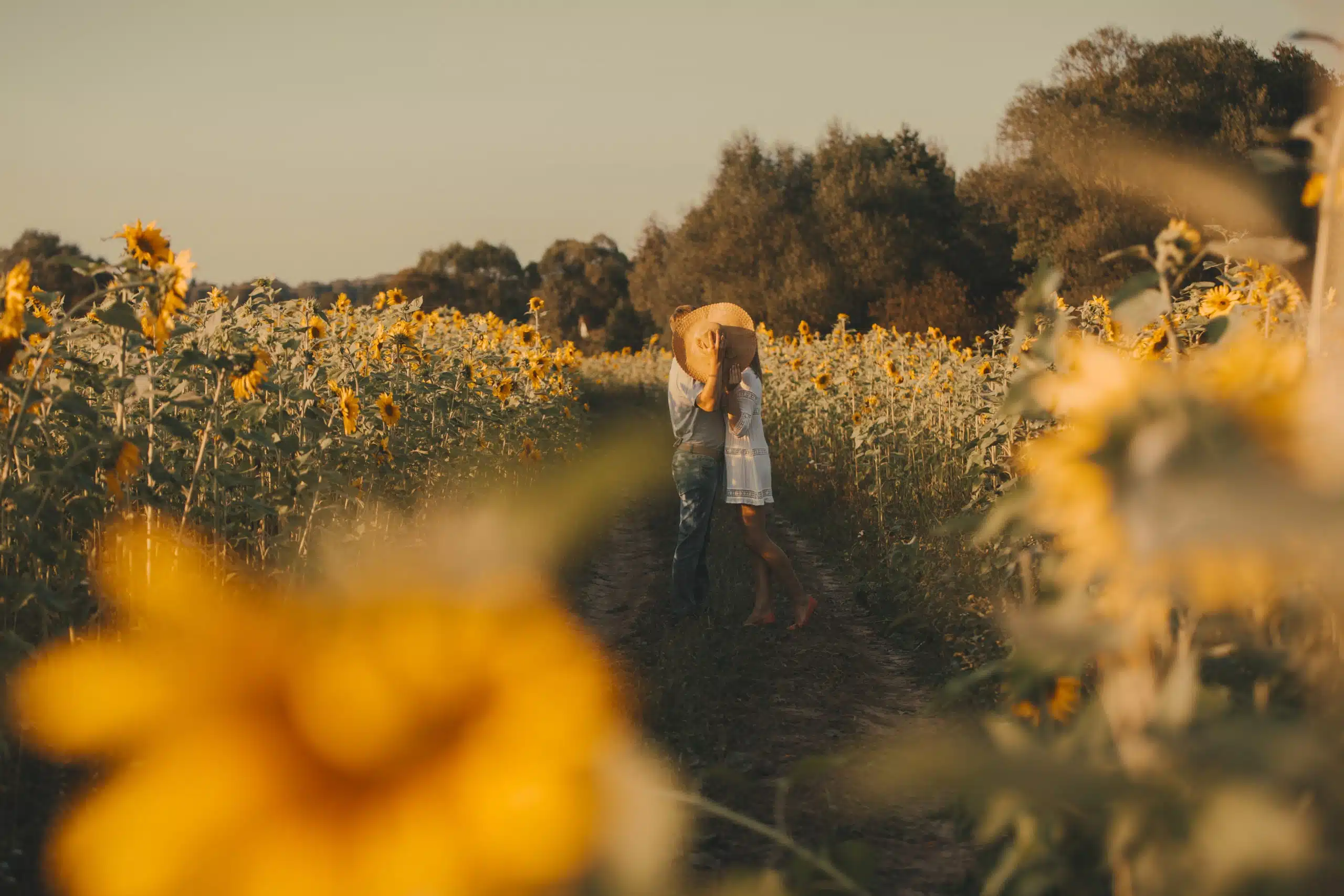
This excerpt from the modernist writer T.S. Eliot showcases one of the tendencies of dramatic monologue, to focus greatly on the background and settings surrounding the character.
The overarching poem tells the story of a man who lost his confidence in women, but in this passage, we are treated to a lengthy invocation of the setting.
This focus on setting and personal history allows the reader to step into the shoes of the character more readily, setting them up for the twists and turns of the narrative as if they were the character.
This makes showing personal emotions and thoughts easier, as the reader will experience the thoughts from the perspective of someone sharing the character’s experiences.
Tips for Writing Dramatic Monologue

A dramatic monologue should showcase a character, above all else.
There are many ways to go about doing this, with the most common being an exposition dump, though this needs to be handled carefully.
An exposition dump is exactly what it sounds like.
The writer presents a heap of exposition, including the personal thoughts of the character, the background and settings of the character’s past, the emotional conflicts and turmoil of the character laid bare, etc.
Where this gets complicated is in knowing where to cut the cord.
It’s entirely possible to tell a character’s life story in a monologue, but the question is usually whether you should or not.
What details of the character’s life and mental state are important for the truths you’re currently trying to capture?
What details need to be left to the reader’s imagination, either permanently or temporarily?
And, crucially for monologues that are part of a longer work, how long can you afford to monologue before the audience gets bored of it?
How in-depth a dramatic monologue should and can be will vary from character to character.
A dramatic monologue written from the perspective of Odysseus or Heracles has far more source material to draw from than a monologue about Narcissus, who is only featured in one brief myth.
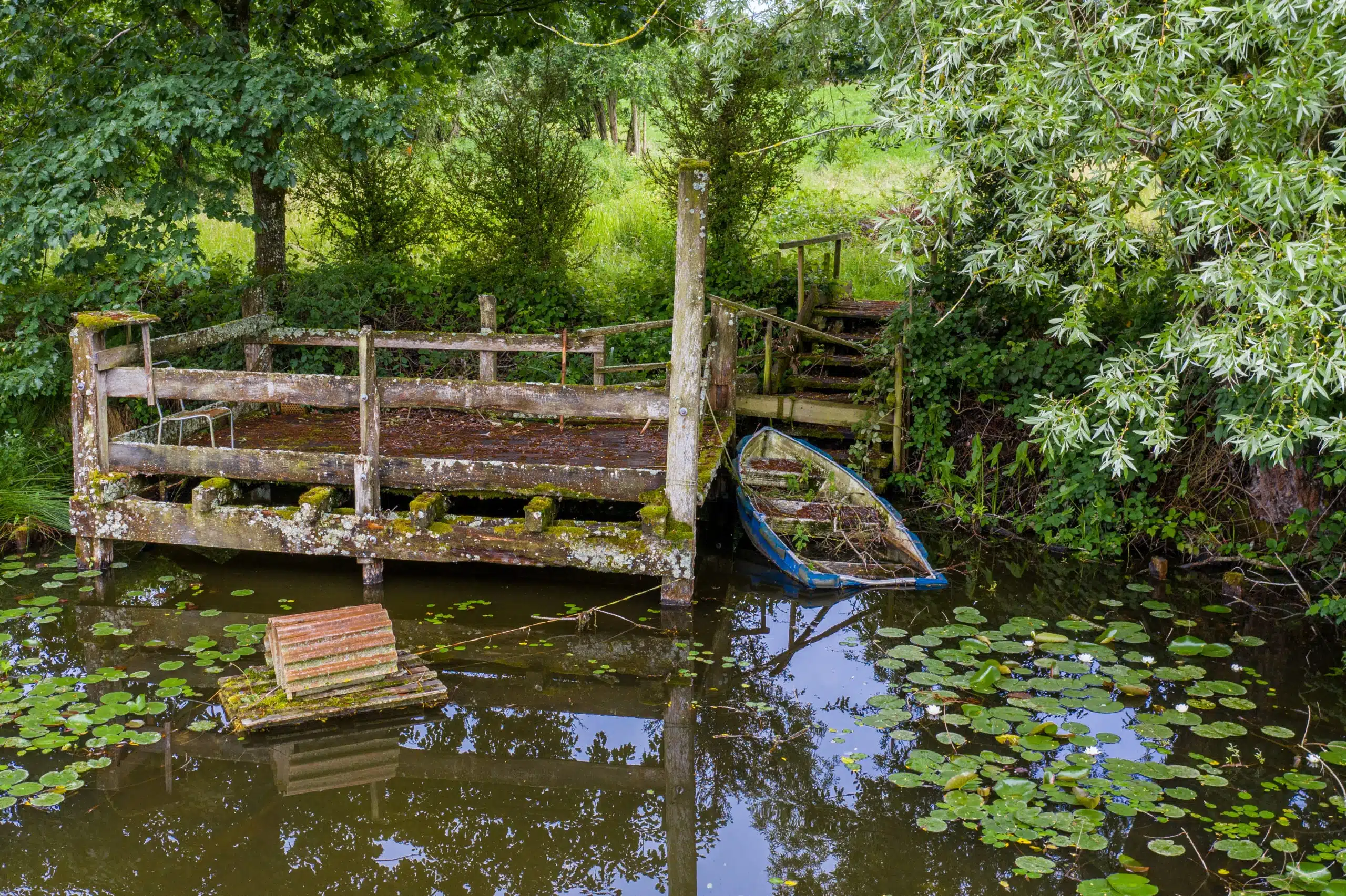
The most important thing to remember is that dramatic monologues presented by the character should be explicitly written as if that character had been controlling the keyboard.
A monologue spoken by Huckleberry Finn would be unlikely to use proper syntax and grammar and would likely be uncomplicated in its content.
To this end, don’t be afraid to use colloquialisms, slang, and leaps of logic that represent the way your character thinks and speaks.
Every element of a dramatic monologue should be laser-targeted at expressing who the character is, from beginning to end.
How you achieve this goal is up to you.
Poet’s Note
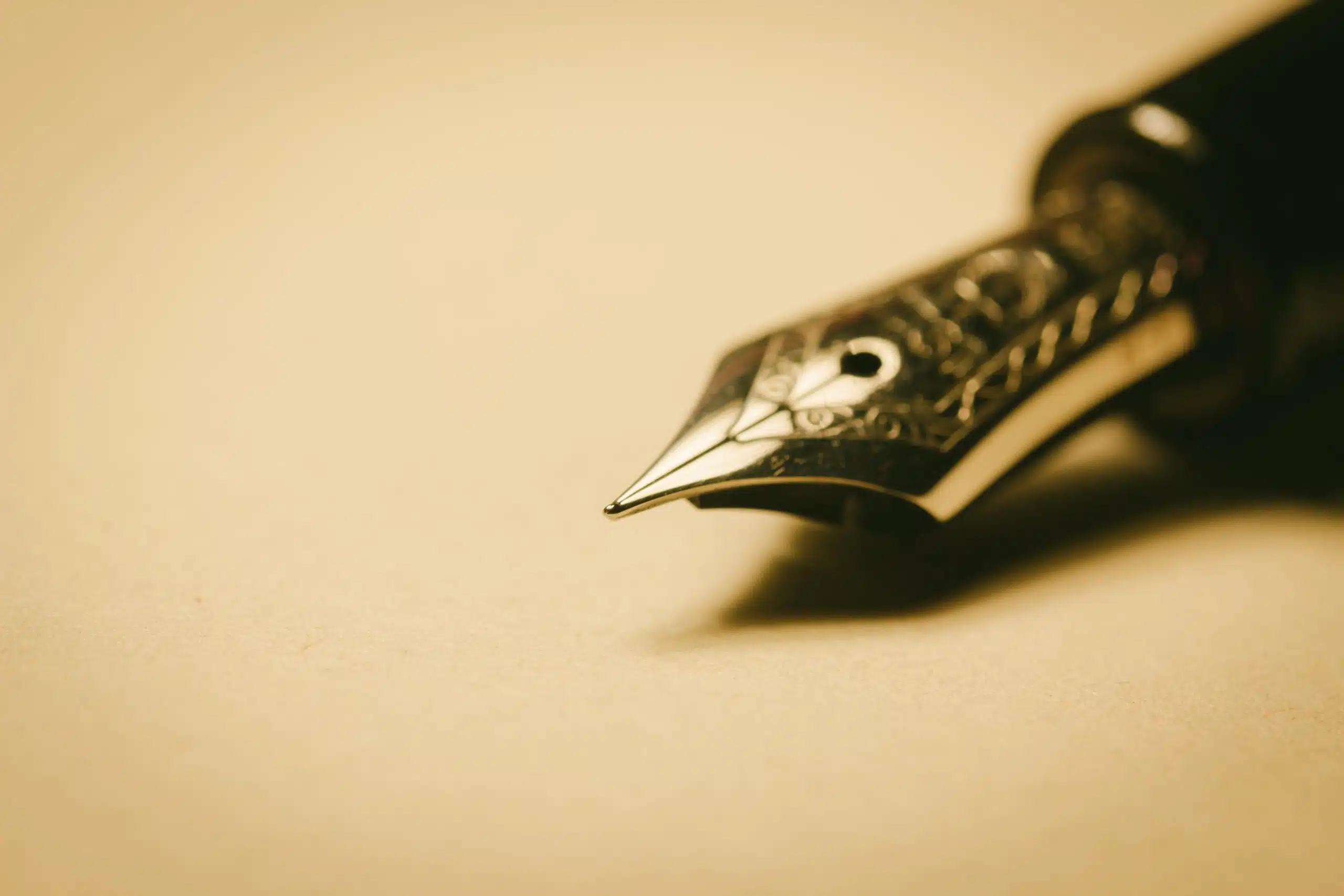
Ah, dramatic monologue. Not to be confused with mundane polylogue.
Honestly, who thought this term needed to be six syllables? Was “solo speech” taken?
Comprehensive Collection of Poetry Forms: Craft Words Into Art
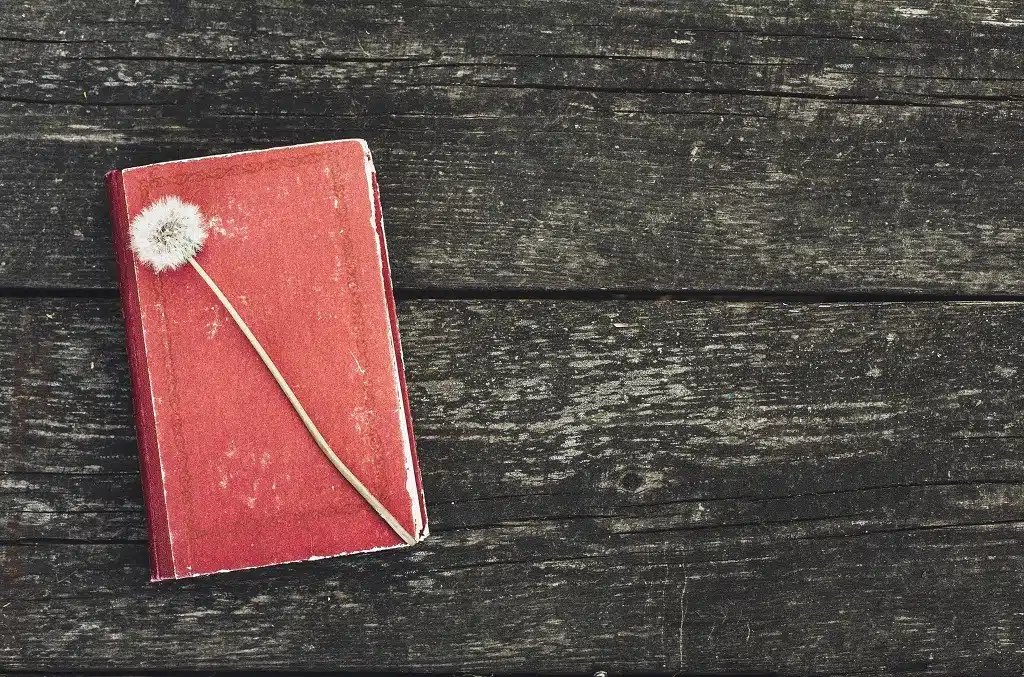
Dare to traverse the entire spectrum of poetic forms, from the commonplace to the extraordinary?
Venture from the quintessential Sonnet to the elusive Mistress Bradstreet stanza, right through to the daunting complexity of Cro Cumaisc Etir Casbairdni Ocus Lethrannaigecht.
For those with a zeal to encounter the full breadth of poetry’s forms, this invitation is yours.
Start exploring the vast universe of poetic ingenuity with our comprehensive array of poetry forms right now!
